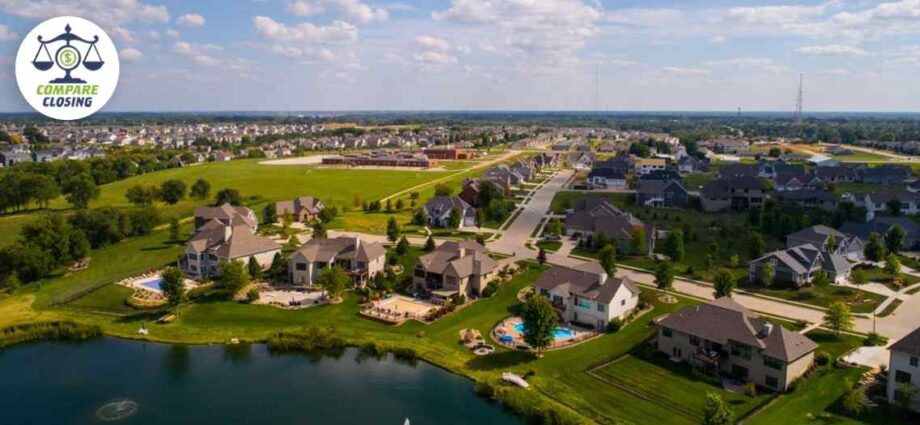Warning: Undefined variable $custom_content in /home4/comcompare/public_html/mortgagenews/wp-content/plugins/code-snippets/php/snippet-ops.php(582) : eval()'d code on line 7
Last updated on February 3rd, 2021 at 11:49 am
Latest posts by Amanda Byford (see all)


